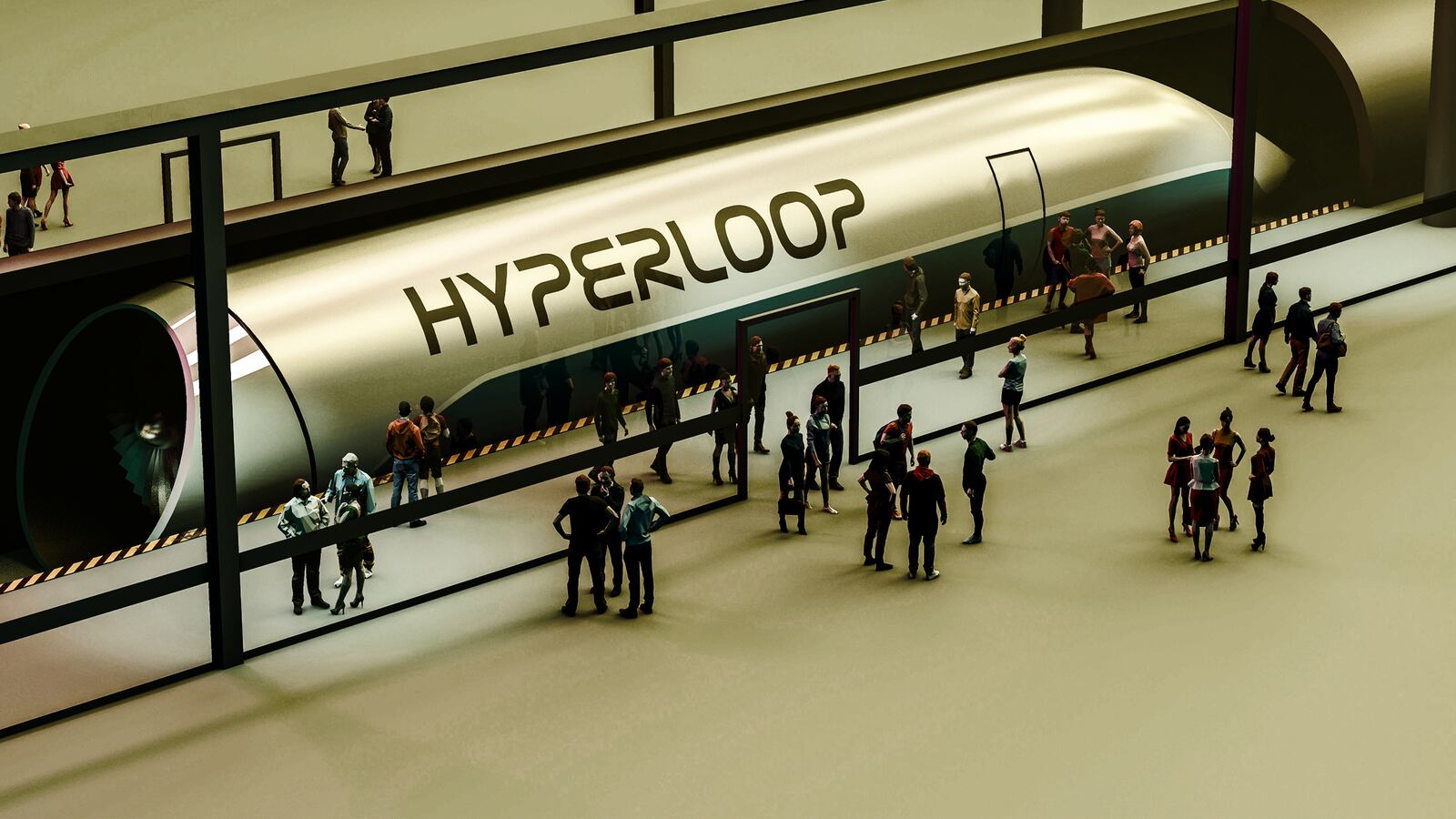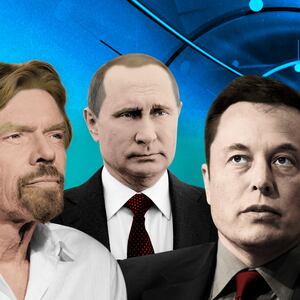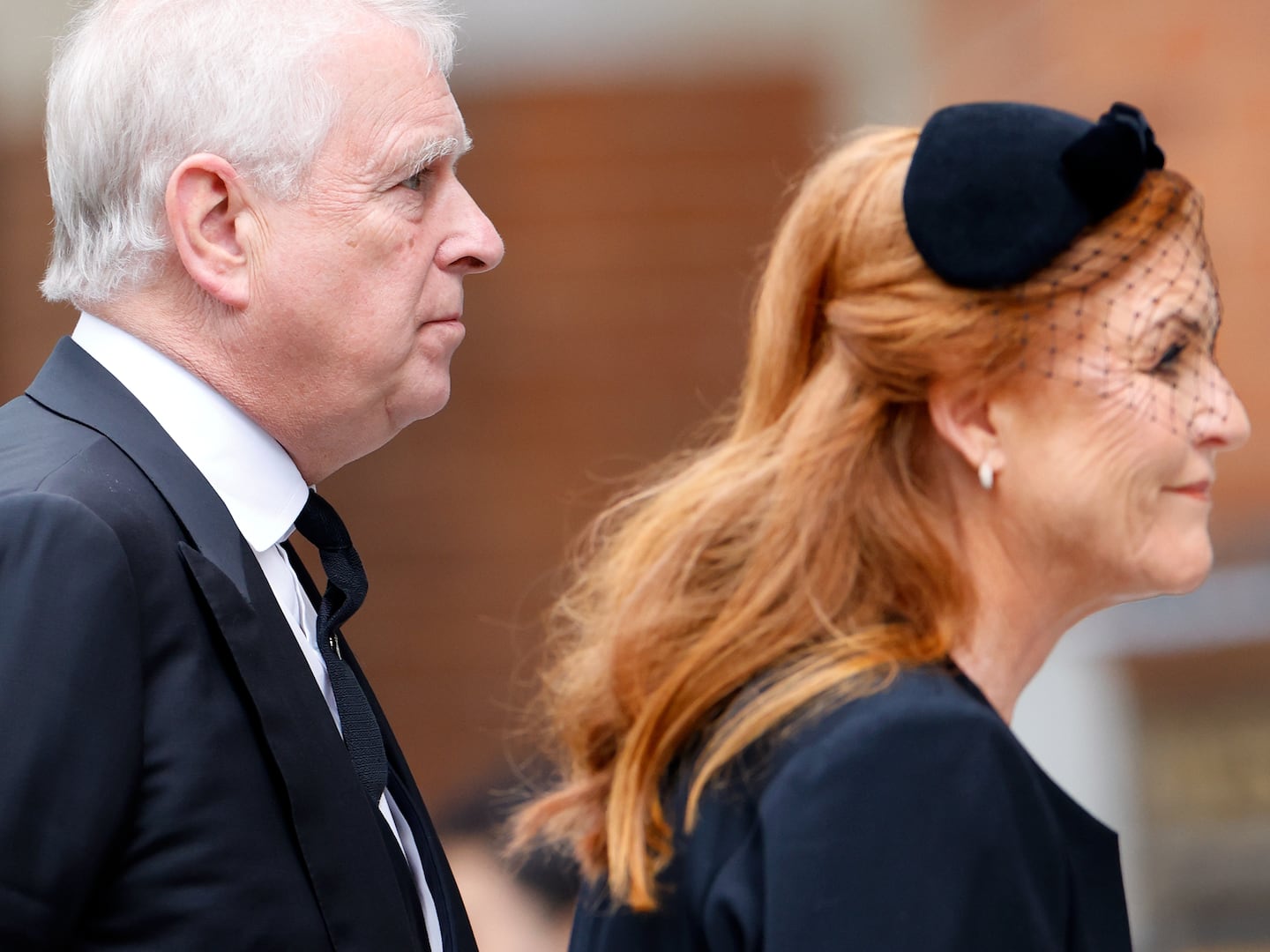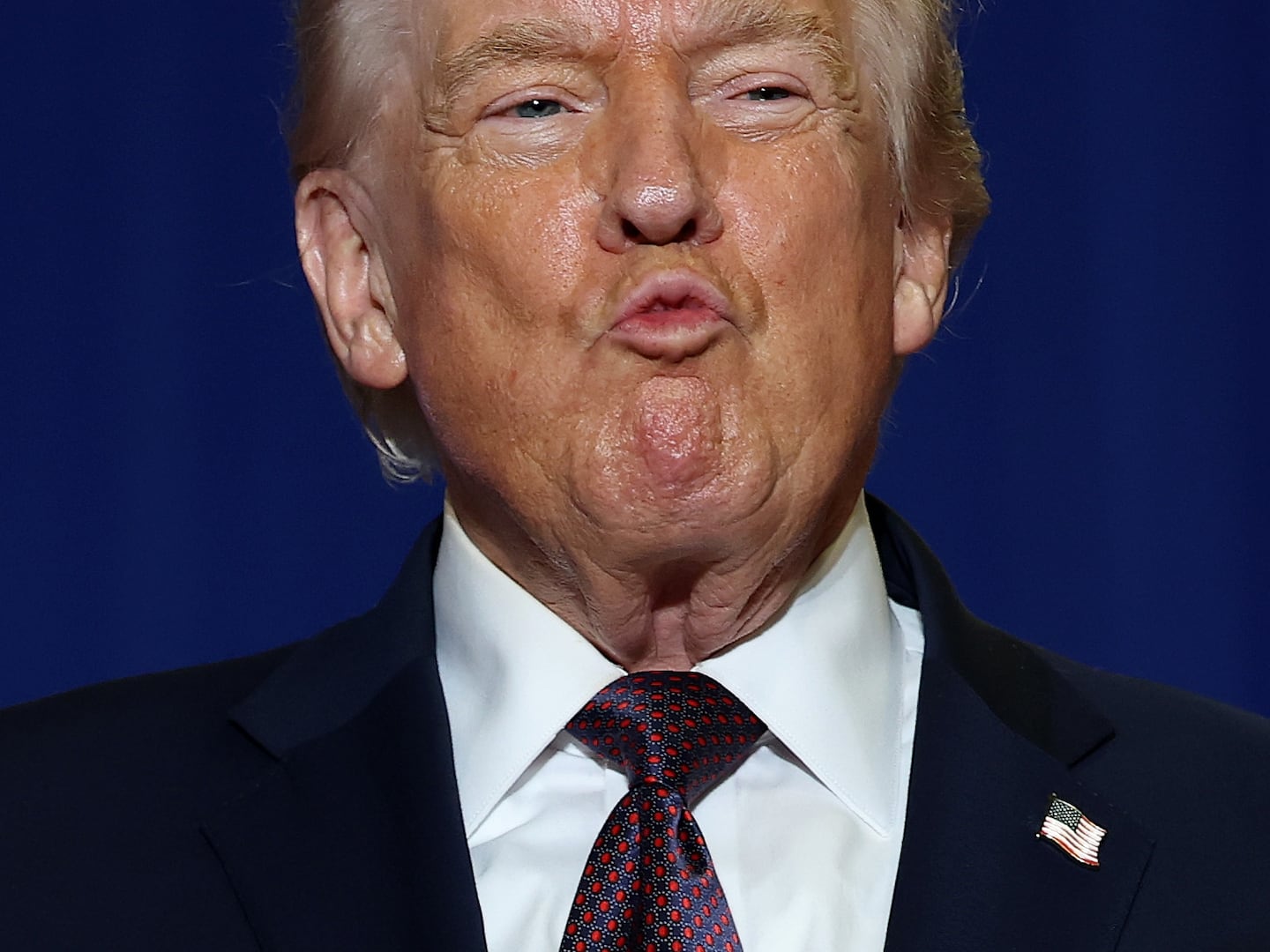The Hyperloop was supposed to shuttle passengers incredible distances at 700 miles per hour. The brainchild of tech visionary Elon Musk, it was proposed as a long, underground tunnel system that would propel bus-like pods of passengers at near-supersonic speeds.
Far from its promise of rocketing cities into the future, Hyperloop momentum appears to be slowing with several states and local governments that once flirted with the idea. In Virginia, the idea died after officials examined Musk’s Hyperloop test tunnel. In Chicago this month, leading mayoral candidates appeared to dismiss much-hyped plans for a Hyperloop in their city. And in Colorado, a Hyperloop company went out of business before completing a publicly funded feasibility study.
The Hyperloop sped into Silicon Valley’s imagination in 2013, when Musk released a white paper outlining a network full of “pods” transporting people between cities like San Francisco and Los Angeles. Hyperloop pods carrying 28 passengers each would ride a cushion of air in the near-vacuum of the tubes, with additional propulsion from electromagnets. The white paper was just that: a draft of an idea, which has yet to be put into practice. Since then, Musk’s companies SpaceX and the Boring Company have taken the lead in developing the futuristic transit, with outside companies like Hyperloop One, Hyperloop Transportation Technologies, and Arrivo also riffing on the idea.
These companies have hoovered up tech talent and government partnerships. But in December, one of the most promising Hyperloop deals hit a wall.
Arrivo came from a promising Hyperloop pedigree. Its founder, Brogan BamBrogan (his legal name), was a former engineer at Musk’s SpaceX before leaving to co-found the company Hyperloop One. After a dramatic falling out involving two feuding lawsuits, BamBrogan launched Arrivo in 2017 and started pitching Colorado hard. Hoping to reach speeds of 200 mph, the planned Arrivo Hyperloop outside Denver was a far cry from the 700 mph envisioned in Musk’s white paper. But the company’s promise to create “the end of traffic” scored them a partnership with Colorado’s Department of Transportation in November 2017, and $267,000 in publicly funded incentives, Wired reported.
The payout was meant to fund a feasibility study. But by November 2018, Arrivo had quietly furloughed all its employees, without completing the study, the Verge first reported. In mid-December, Arrivo reportedly texted or called its employees to announce the company was shutting down.
Thus began a bad week for the Hyperloop. Over in California, Musk’s Boring Company had recently completed an underground tunnel. When it unveiled the tunnel to the media in mid-December, however, the company appeared to have scaled back its ambitions. Instead of a pod rocketing passengers at high speeds, reporters climbed into electric cars made by Musk’s Tesla and were treated to a 40 mph ride along a bumpy path. (Musk attributed the hiccups to a faulty paving machine.) The car was the pod now, Musk told the Verge.
The Boring Company tweeted footage of a car moving at modest suburban speeds through the tunnel while rock music played, and was resoundingly heckled by Twitter users. The company reportedly hopes to up the speed to 150 mph. But they couldn’t do it fast enough to impress a delegation of Virginia transit officials who requested a demonstration of the tunnel earlier this year.
Virginia officials were considering the Hyperloop as part of a pricey infrastructure upgrade, the Virginia Mercury reported. Seeing Musk’s prototype in action turned them off the idea.
“It’s a car in a very small tunnel,” Michael McLaughlin, Virginia’s chief of rail transportation told members of a transportation committee last week. “If one day we decide it’s feasible, we’ll obviously come back to you.”
Other transportation officials took aim at Musk’s showmanship.
“I think there’s a lot of show going on here,” Scott Kasprowicz, a transportation board member who observed the tunnel told the Mercury.
“I don’t mean to suggest that they don’t have a serious plan in mind, but I don’t consider the steps they’ve taken to date to be substantive,” he continued. “They’ve purchased a used boring machine. They’ve put a bore in the neighborhood where they developed the SpaceX product, and they’ve taken a Model 3 and put guidewheels on it and they’re running it through the tunnel at 60 mph. None of that, I think, is really significant from a standpoint of moving this process forward.”
Musk has recently made headlines for a series of questionable stunts at the helm of his companies. To raise funds for the Boring Company, Musk started selling $500 flamethrowers, which “Due to recent regulatory/customs rules enacted to inhibit transport of anything called a Flamethrower, we have renamed [...] ‘Not a Flamethrower,’” Musk tweeted last June.
Meanwhile in Chicago, Hyperloop antagonism has become a talking point in an ongoing mayoral race. Current Mayor Rahm Emanuel announced preliminary plans to award Musk a contract to build a Hyperloop between downtown Chicago and the city’s O’Hare airport, a route already navigable by an elevated train line. (Unlike in Colorado, the project would not receive public subsidies.)
But the two main candidates vying to replace Emanuel have characterized the Hyperloop as a low priority project at best, and a “pay-for-play” scheme at worst. Candidate Toni Preckwinkle told the Verge that the city should focus its efforts on public transportation. Meanwhile, leading candidate Lori Lightfoot has highlighted Musk’s more than $55,000 in donations to Emanuel’s various election campaigns, suggesting those donations give the appearance of a pay-for-play relationship.
Lightfoot told the Verge she worried about a lack of transparency around Musk’s Hyperloop plan and its funding.
It’s “Tesla in a tunnel,” Lightfoot said.







